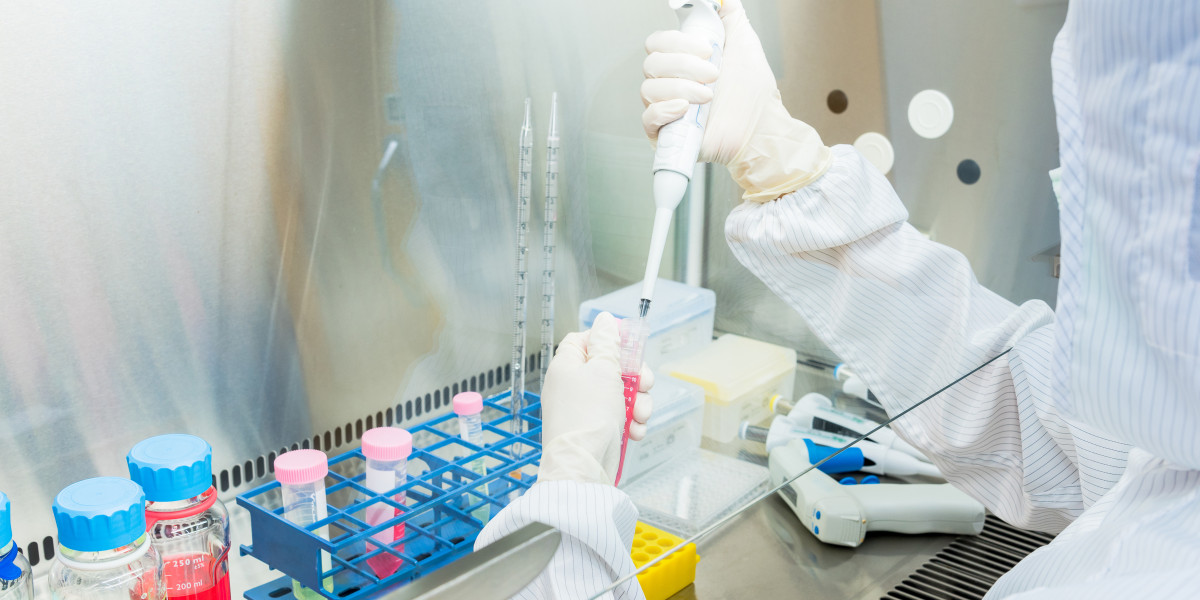Chromatography stands as one of the most indispensable analytical and preparative tools in modern chemistry and life sciences. It allows researchers to separate, identify, and purify individual components from complex mixtures with high precision. The success of any chromatographic process depends not only on instrumentation and column design but also on the quality and selection of chromatography reagents. These reagents—including solvents, buffers, stationary phases, and modifiers—govern the resolution, reproducibility, and sensitivity of the entire system.
The Role of Chromatography Reagents in Separation Science
Chromatography reagents serve as the invisible driving force behind molecular separation. Their chemical and physical properties dictate how analytes interact with the stationary and mobile phases, ultimately influencing retention time, peak shape, and resolution. High-purity reagents reduce background noise and minimize unwanted interactions that can obscure analytical results. In preparative and industrial-scale processes, the choice of reagents also affects yield, throughput, and downstream compatibility, making reagent selection a crucial step in method development.
Major Categories of Chromatography Reagents
Chromatography encompasses several techniques—such as gas chromatography (GC), liquid chromatography (LC), ion exchange, size exclusion, and affinity chromatography—each relying on a specific set of reagents tailored to the analyte’s characteristics and separation goals.
Chromatography Type | Key Reagents | Primary Purpose |
Gas Chromatography (GC) | Carrier gases, derivatization agents, stationary phase coatings | Improve volatility, ensure inert flow, and enhance separation |
Liquid Chromatography (HPLC/UPLC) | Organic solvents (acetonitrile, methanol), buffers, ion-pair reagents | Control polarity, pH, and ion interactions |
Charged resins, elution buffers, salt gradients | Separate molecules based on charge differences | |
Size Exclusion Chromatography | Gel filtration media, equilibration buffers | Separate by molecular size and hydrodynamic volume |
Affinity Chromatography | Ligand-coupled resins, wash/elution buffers | Enable specific binding between biomolecules and ligands |
This structured understanding underscores that chromatography reagents are not interchangeable commodities—they must be precisely matched to the chemical behavior of the target molecules.
Advances in Chromatography Reagent Design
Modern chromatography has evolved from conventional solvent systems toward smart and sustainable reagent formulations. In analytical laboratories, reagent purity has reached ultra-trace levels, with manufacturers offering LC-MS-grade solvents and buffer salts free from UV-absorbing impurities. These innovations significantly improve detection sensitivity in proteomics, metabolomics, and pharmaceutical analysis.
Green chemistry principles are also reshaping the field. Researchers are increasingly adopting eco-friendly solvents such as ethanol and ethyl lactate to replace acetonitrile or dichloromethane, reducing environmental impact and operator exposure. Additionally, the use of ionic liquids as stationary phase modifiers and the development of bio-based resins are expanding the chromatographic toolkit, enabling more sustainable and selective separations.
Critical Parameters for Selecting Chromatography Reagents
The performance of a chromatographic method depends on subtle chemical balances. When selecting reagents, scientists must consider parameters such as pH stability, polarity, viscosity, and UV transparency. The following checklist illustrates the major factors influencing reagent selection:
l Purity and Compatibility: Reagents must match the analytical detector sensitivity (e.g., MS or UV).
l Chemical Stability: Buffers should resist degradation or precipitation under pressure and temperature.
l Reproducibility: Batch-to-batch consistency ensures reliable retention times and peak areas.
l Safety and Environmental Impact: Preference for less toxic, biodegradable, or recyclable solvents.
l Cost and Scalability: Particularly important for large-scale bioprocessing and pharmaceutical production.
Through careful optimization, laboratories can reduce waste, improve analytical throughput, and maintain regulatory compliance while achieving high-resolution separation.
Chromatography Reagents in Biopharmaceutical and Industrial Applications
In the biopharmaceutical sector, chromatography reagents are indispensable for the purification of therapeutic proteins, monoclonal antibodies, and nucleic acids. Affinity chromatography—using ligands such as Protein A or His-tag binders—relies heavily on precise buffer compositions to control binding strength and elution conditions. Ion exchange and hydrophobic interaction chromatography further refine product purity, aided by custom-tailored salt and buffer systems.
In chemical and environmental analysis, chromatography reagents support detection of pollutants, food contaminants, and trace organic compounds. Here, reagent-grade solvents and derivatization agents determine detection limits and quantitation accuracy, influencing both research outcomes and regulatory reporting.
Future Directions and Emerging Trends
The next generation of chromatography reagents will likely emphasize automation compatibility, sustainability, and enhanced selectivity. Artificial intelligence and predictive modeling are being used to design solvent blends and buffer systems that optimize separation efficiency with minimal experimental iteration. Reagent kits pre-formulated for specific analytical goals—such as peptide mapping or oligonucleotide purification—are reducing method development time in laboratories worldwide.
Furthermore, nanomaterial-based stationary phases and bioengineered affinity ligands are pushing the boundaries of reagent innovation. These reagents enable faster separations, greater loading capacity, and more precise molecular recognition. As life sciences continue to demand cleaner separations and higher throughput, the chemistry of chromatography reagents will remain at the core of analytical progress.
Conclusion
Chromatography reagents define the success of every separation—determining the balance between efficiency, reproducibility, and sustainability. Whether purifying biomolecules, monitoring environmental pollutants, or analyzing complex chemical mixtures, the careful selection and innovation of reagents drive both scientific discovery and industrial reliability. As the field evolves toward greener and more precise methodologies, chromatography reagents will continue to transform from simple solvents into sophisticated enablers of molecular insight.





